Arc System Works is on the top of their game right now. Already known for the successful and well-loved Blazblue and Guilty Gear franchises, the team recently unleashed the smash hit Dragon Ball FighterZ. So it was a bit of a surprise last year at EVO 2017 when they announced they had another project coming down the pipeline, titled Blazblue Cross Tag Battle. A crossover between Blazblue, Persona 4 Arena, and French Bread’s Under Night In-Birth and with characters from the Rooster Teeth series RWBY, Tag Battle piqued the interest of fighting gamers from its first reveal. After a controversy that saw ArcSys roll back its aggressive post-launch DLC strategy for the game, many were left wondering if they would be able to stick the landing. Luckily, for the most part, they did. Tag Battle is not without its flaws. Despite lackluster presentation in certain areas, ArcSys proves their pedigree by putting together a solid “versus” fighter sure to please fans of all of the series involved, as well as the larger anime fighting game community.
Basic Battling
Let us start with the basics of Tag Battle. The game is a 2v2 Versus fighter with 20 characters available from the start, with Blake and Yang of RWBY to be added as free DLC downloads on the day of release. The first DLC character pack will also be available for free the day of release. This pack will include Orie from Under Night, Platinum = The = Trinity from Blazblue, and (my personal favorite) Kanji Tatsumi from Persona 4 Arena. Early adopters will be able to immediately bump the roster up from 20 to 25.
Both characters must be defeated to win the match and there are two main super meters. The “skill gauge” acts as the standard super meter. It increases as you attack and take damage. This lets you do your super combos (called Dimension Skills here) and EX specials (called Extra Skills). There is also another meter called the “Cross Gauge” which determines when tag moves can be used. The cross gauge refills automatically when used. Tag Battle is a five button fighter. It has the standard A, B, and C attacks familiar to players of Arc Sys’ other games, but it also includes the P button for Partner moves, and D button which lets you tag in your other character and is incorporated into the tag based systems.
You can call in your partner to do one of three different tag attacks by pressing the P button with either forward, back, or no directional input. By pressing C your character will initiate a Clash Assault, in which an overhead attack will activate and let both characters jump on screen for quick damage, which can be increased by pressing C again right as the last attack connects. Even if you are down to one character you can still activate Clash Assault. Pressing Down + C will activate a universal sweep that knocks the opponent down, and works for all characters.

B+C is your throw, as well as your throw reversal. All normal attacks can be chained into each other once, except Neutral C and Jumping C. It’s similar to Under Night’s combo structure. Like Dragon Ball FighterZ there are two auto combos available. One by pressing A repeatedly, and one by pressing B repeatedly. Unlike Dragon Ball FighterZ though these auto combos don’t end in special moves or supers.
Pressing A+D will result in a Reversal Action, similar to the Furious Action mechanic from P4A. This is a universal invincible reversal move that every character has access to. Keep in mind it only deals red damage on hit, so it can be recovered if not followed up with another attack. You also cannot cancel specials into supers unless you are in Resonance Blaze mode, which we will get into in a little bit. Like Dragon Ball FighterZ, all specials and supers are done with either a half circle forward (fireball) or half circle back (hurricane kick) motion to keep combos simple for newcomers.
All supers are done with either half circle forward + B,C or half circle back + B,C.
Advanced Tagging
When you call in an assist from your partner you can press D to switch to that character immediately. During this time your newly tagged in character will briefly glow red. While you are glowing, you will gain skill gauge faster than normal.
By pressing D+P you can activate Cross Combo. Both characters will appear on screen and both characters will attack simultaneously (Similar to Marvel vs. Capcom Infinite). By holding down the P button you can stop your partner character from moving. Your supers will also increase in power during Cross Combo. Cross Combo costs 50% of your Cross Gauge to use and will end when the gauge is empty.
By pressing A+D when blocking you can use Reject Guard, which is essentially pushblock, that costs 1 meter of Skill Gauge to use.
Another defensive option available is to press D+P while getting hit to tag in your partner character, just like Counter Switch in Marvel vs. Capcom Infinite, here called a Cross Burst. This can only be used when the Cross Gauge is full.

Blaze it up
Lastly, the big comeback mechanic in the game is “Resonance Blaze”. When you are down to one character you can press the P button to activate Resonance Blaze. During this time you will be powered up fo 15 seconds. While in Resonance Blaze you will gain the following buffs:
- You will automatically gain Skill Gauge.
- Your max Skill Gauge increases depending on your Resonance Blaze level. Each level of Resonance Blaze increases your max Skill Gauge size by 1. Meaning at Level 4 Resonance Blaze, your max Skill Gauge becomes 9. Your max Skill Gauge reverts back to normal (5) when Resonance Blaze ends. You can increase your Resonance Blaze level by performing partner based moves during the battle. You can tell how much Resonance Blaze level you have by the diamond shaped indicator next to your Cross Gauge. It will fill one section of the diamond for each level available from 1 to 4.
- Your recoverable health will automatically recover. The rate at which your health recovers increases as well.
- Normal attacks will deal chip damage.
- Skills and Distortion Skills deal additional chip damage.
- Skills can be canceled into Distortion Skills.
- Much like Cross Combo state, Distortion Skills are also enhanced.
Astral Heats make a return as well. These one shot instant kill moves have strict requirements, but will instantly end the match. You and your opponent must each be down to one character, you must have 9 bars of Skill Gauge (which means you must be in Resonance Blaze mode with a full level 4 Resonance Blaze level), has no health requirement like previous ArcSys games, and are all activated by pressing Down, Down, Down + B,C.
Anime Levels Maximum
It is clear thatArcSys has gone to great lengths to simplify its mechanics, while bringing in as many systems from its previous games as possible. This allows for a very free formed system that is easy to grasp but allows for lots of experimentation and creativity. More experienced players need not worry about being restricted in their combos. However, this same philosophy is also applied to the characters. Trying to squeeze in characters from 3 different games, all with very unique mechanics, was going to be a challenge from the get go. The compromise ArcSys came up with was to boil its characters down to their most basic components. This is a double edged sword, as while players with history using these characters may feel cheated that their favorite character has been reduced to a small number of special moves and supers, newer players will be able to fully grasp a character much quicker. Like with Dragon Ball FighterZ it is nice to have only a small handful of moves to remember. It is better to view each character in this game as the “Abridged” version of themselves. While they may not be 100% transferred from their respective games, the basic spirit and playstyle of each character is kept intact.

A touch of fan service
Now to the elephant in the room. It is very obvious that all the character sprites are from games that are several years old. Sit too close to the TV and the age of these sprites become very apparent. The RWBY characters, being all new sprites, look gorgeous however and, as a fan of sprite art, it is always nice to see new work being done.
The stages in the game also show their age. While some are new to Tag Battle and look decent enough, most are rehashed from their respective games and it shows. This isn’t a bad thing, but your expectations should be tempered on the visuals. The game is not ugly by a long shot, but it isn’t a visual powerhouse either.
The soundtrack makes up for it though. Some of the best songs from each game are all brought together, making each fight an auditory pleasure. “Reach Out to the Truth” is still the best fight song and nobody can convince me otherwise.
There is a very small Story Mode in the game called “Episode Mode” that goes through the stories of the characters from each world. It doesn’t take long to get through, and the story doesn’t break any new ground or surprise you in anyway, but it is fun seeing these characters interact together, and the voice acting is absolutely outstanding. This mode is purely for the fans and it shows. I definitely didn’t mind the couple of hours it took to finish (the CPU is a pushover), but I admire ArcSys for including it when it could have been easily omitted.

Something for all fighting and anime fans alike
Training Modes in fighting games have essentially been figured out for a long time, and Tag Battle’s training mode is aces. It has all the bells and whistles of a modern fighting game, including record and playback, character specific settings, and everything you would need to replicate any situation you can think of. One addition that I really loved was the ability to change your character right from the pause menu. It is very quick and doesn’t take long to load, and I am amazed I don’t see this in every fighting game, but it should be from here on out.
There is a relatively small shop where you can buy lobby avatars (Tag Battle uses the same lobby system as all of ArcSys’ most recent games), but a game with this much of a bare bones offering will ride and die on its online play. Like all of ArcSys’ most recent games, the online works well, when it works. Anything lower than a 2 bar connection is almost unplayable due to the fast nature of the game’s combat, but as long as you stick to 3 bar connections you will have an almost seamless online experience, aside from the occasional lag hiccup.
BlazBlue Cross Tag Battle is a game made for the fans. Fans of the franchises included, and fans of fighting games as a whole. While the game doesn’t have a robust offline feature set, or a lengthy story mode, it puts all its efforts into what people come to these games for, the fighting. With a simple yet opened ended combat system, cool characters, and solid online play, Tag Battle is a must have for fans of anime fighters and Arc System Works’ previous titles. If you don’t fall into one of those categories, however, this is going to be a hard sell for you. But chances are if you already do, you probably have had this game on your radar for quite some time, and will enjoy crossing fates for a long time coming.
Score: 8 — Great (8s are impressive efforts with a few noticeable problems holding them back. Won’t astound everyone, but is worth your time and cash.)
How we score, check our reviews policy
[This review is based on a retail build of the game provided by the publisher.]


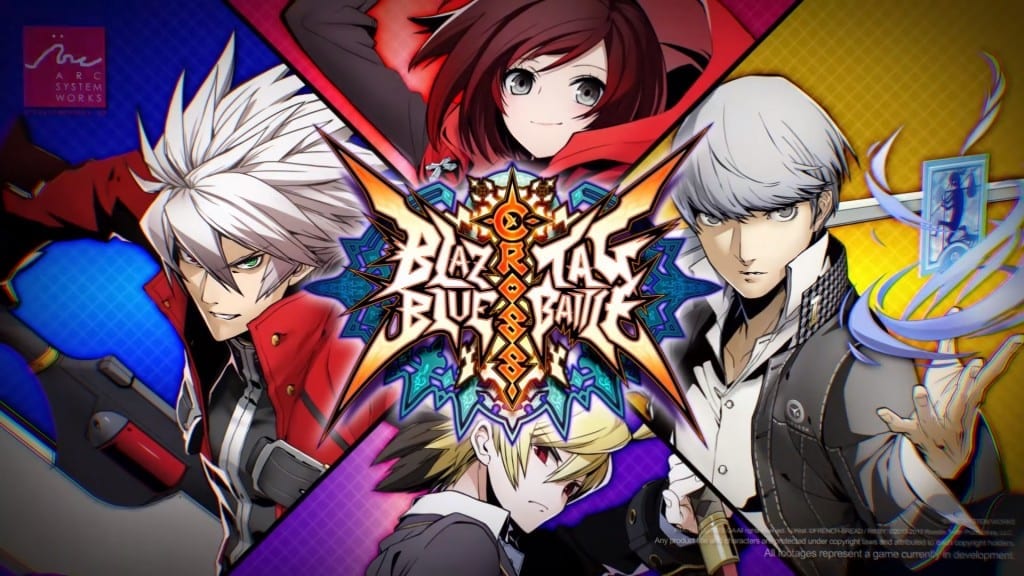


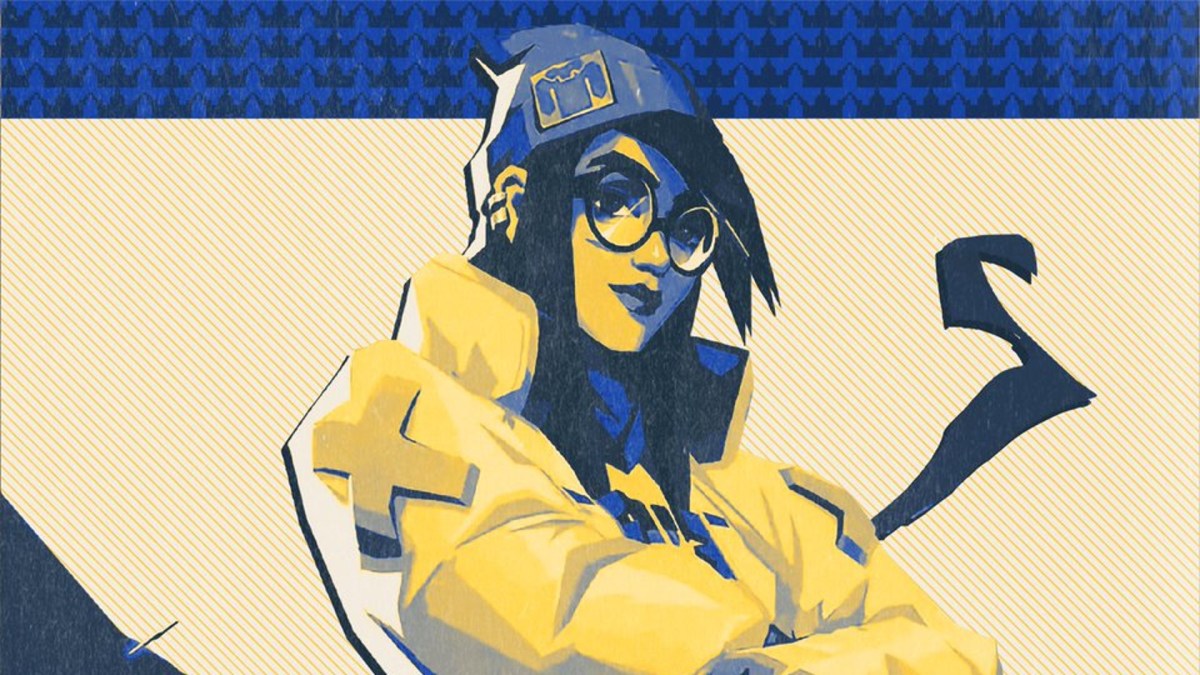



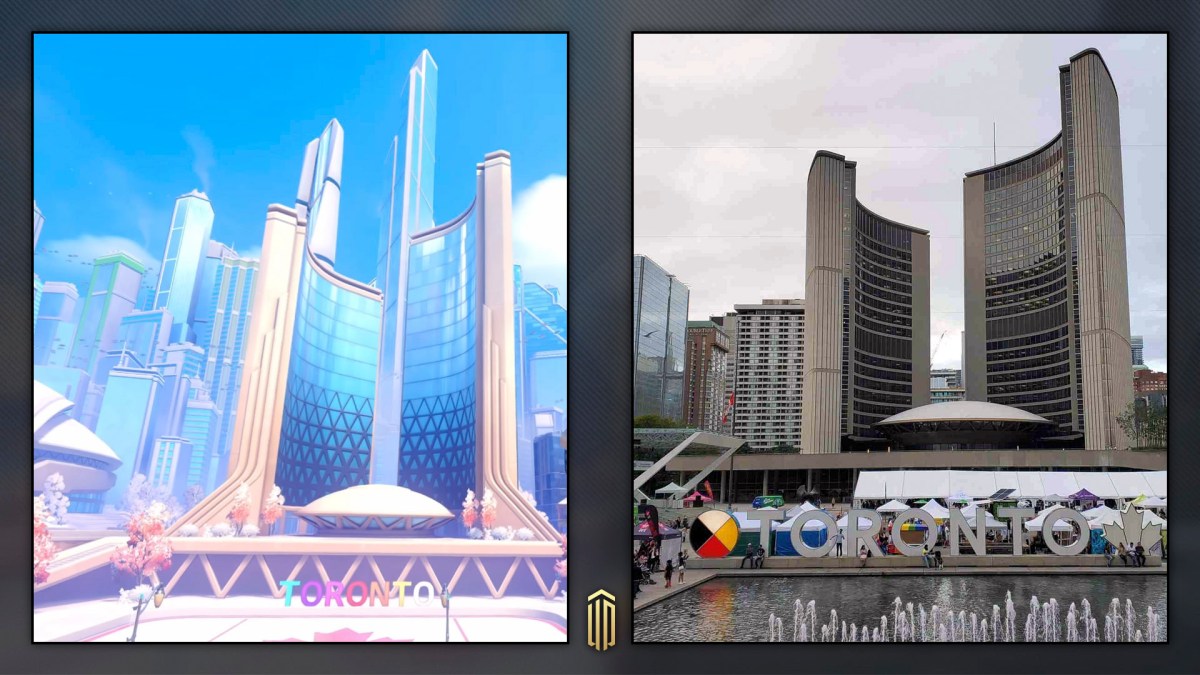
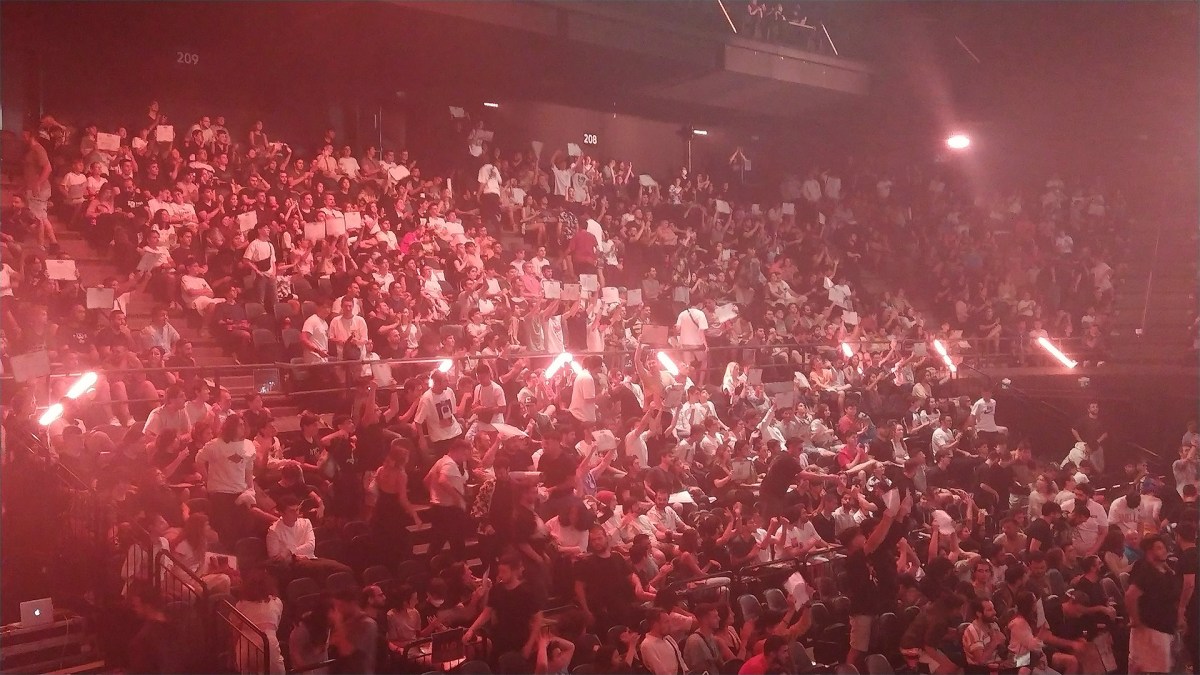

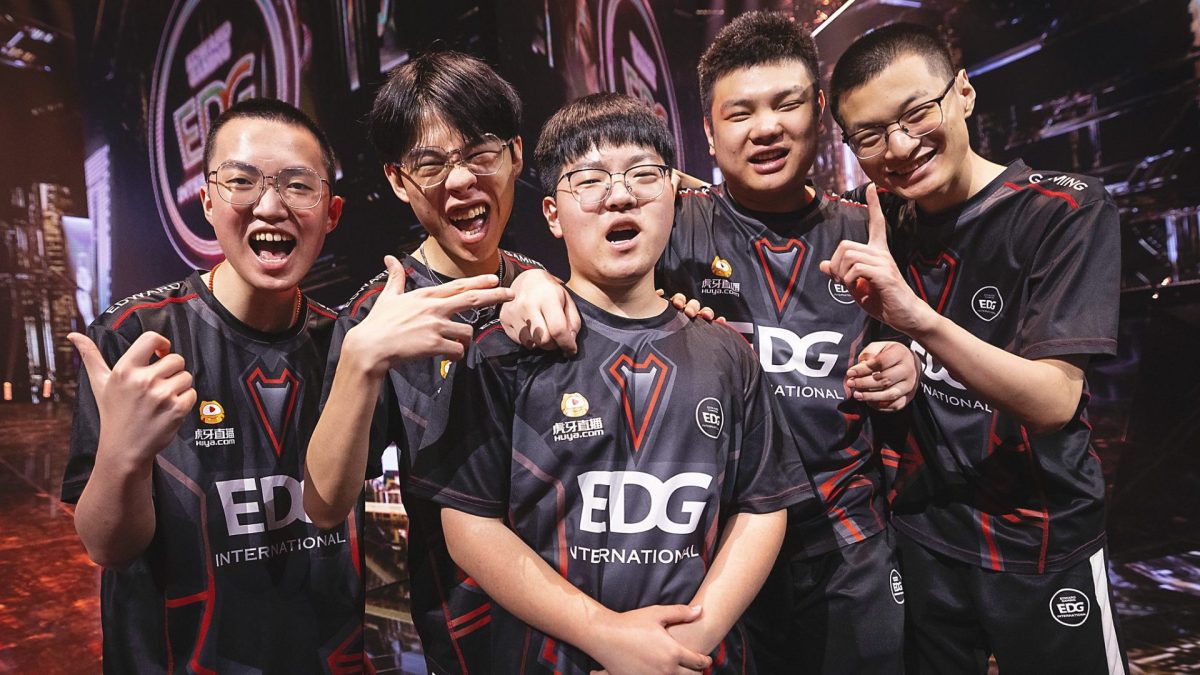
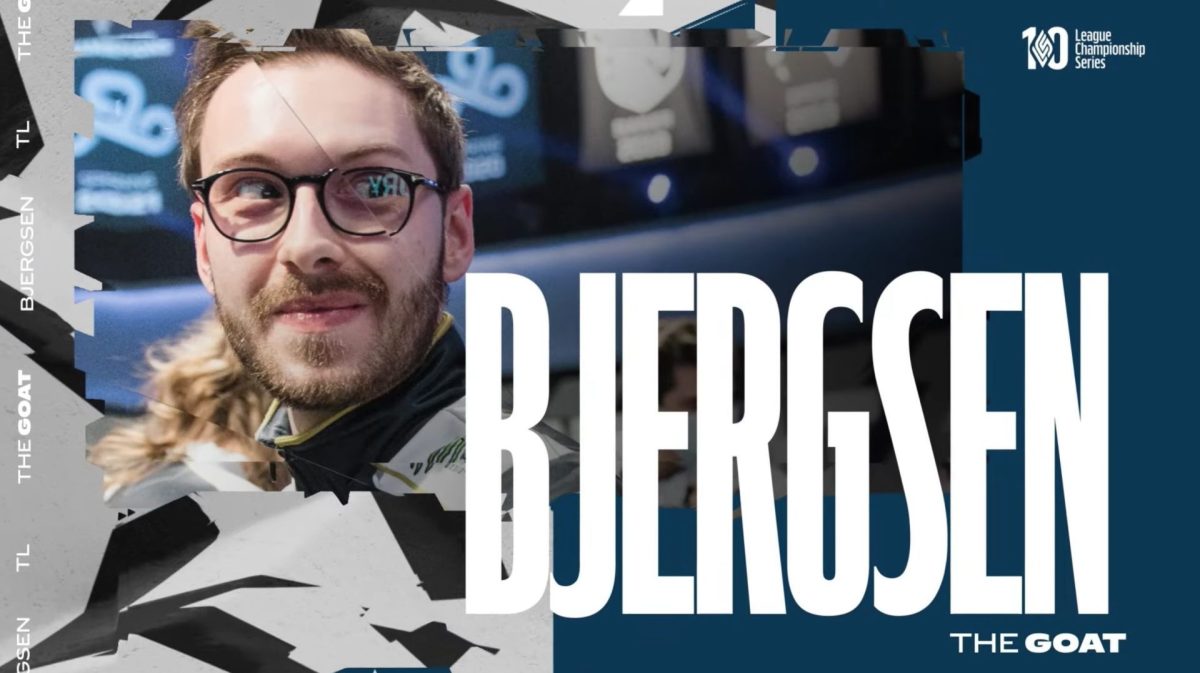
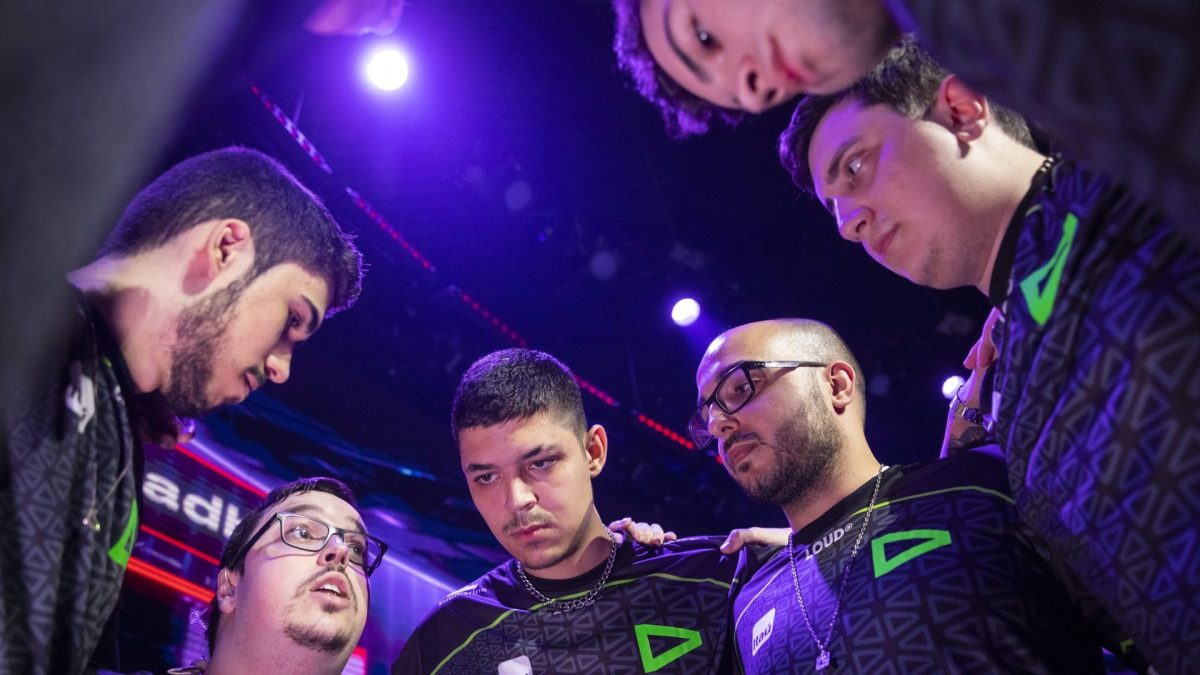
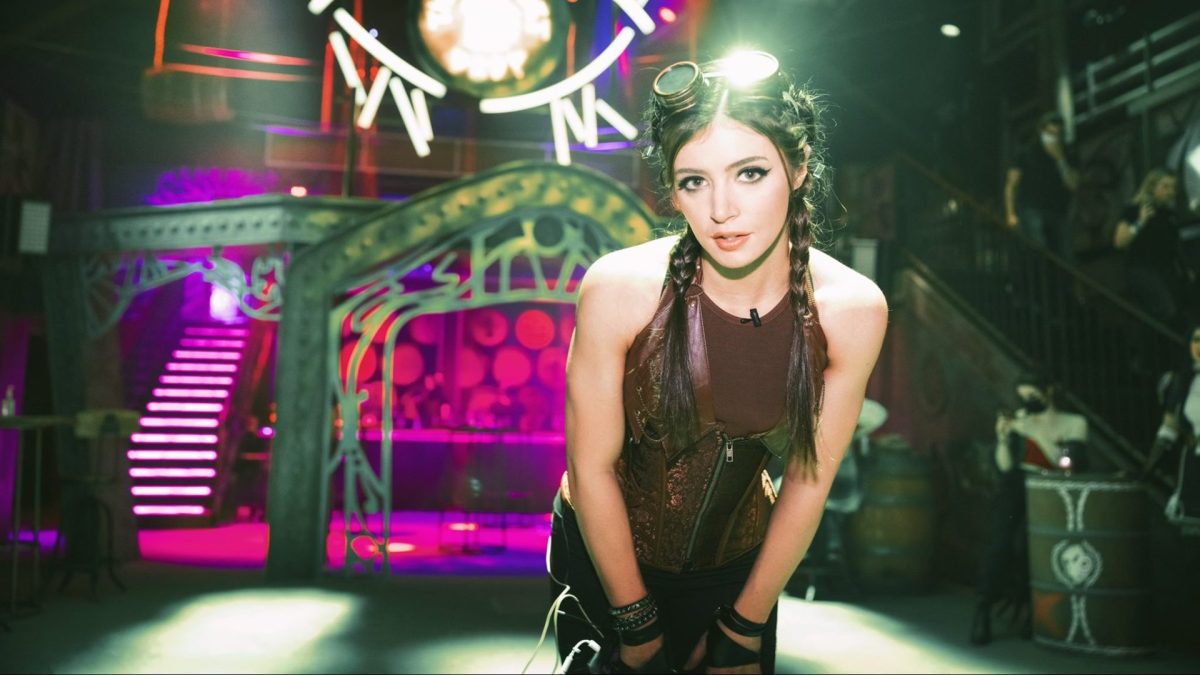
Published: Jun 5, 2018 10:00 am